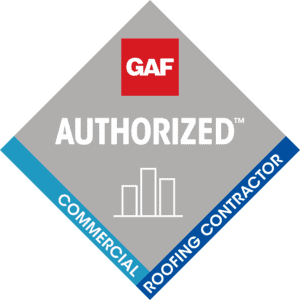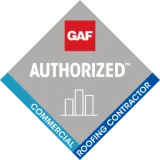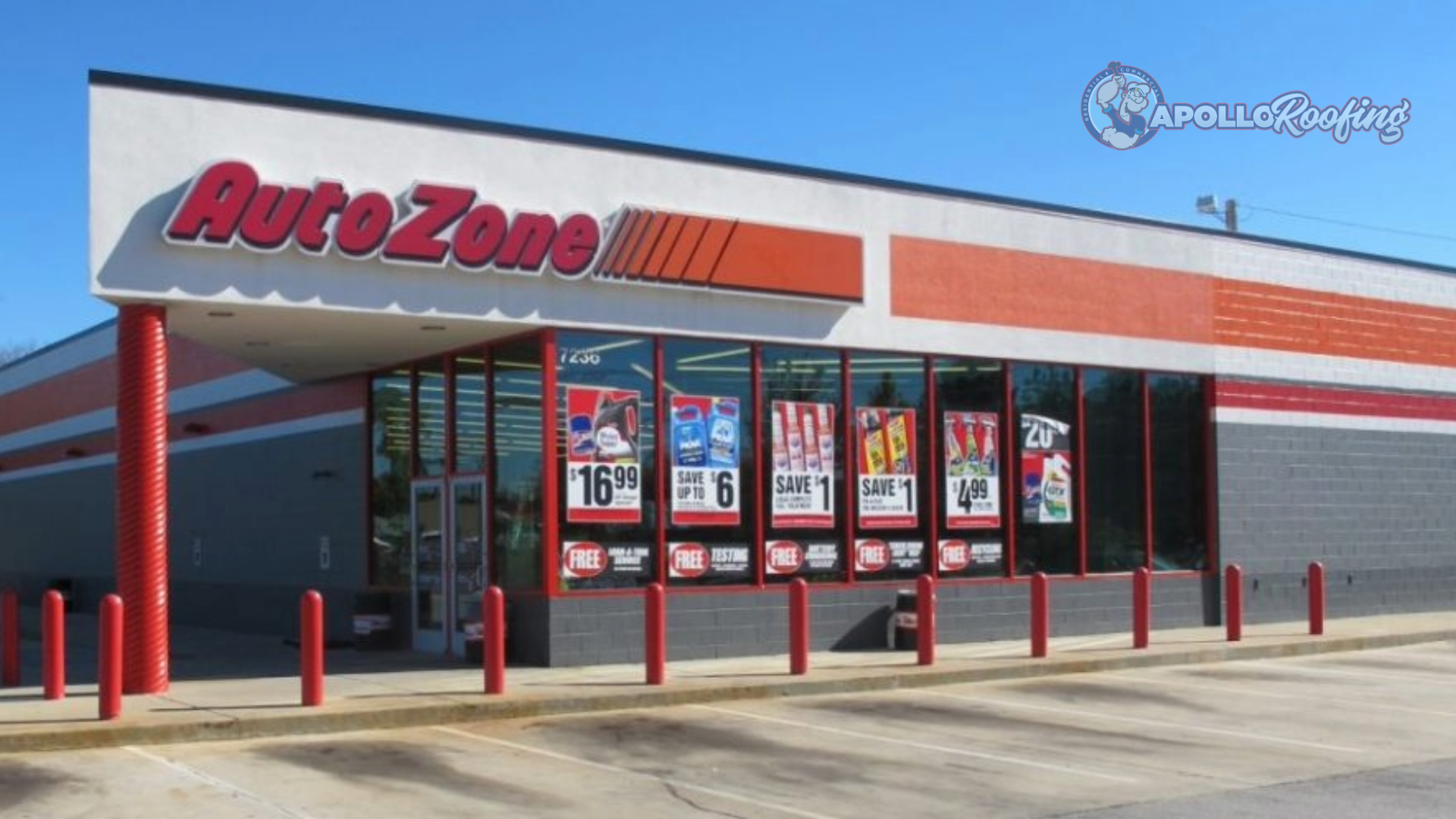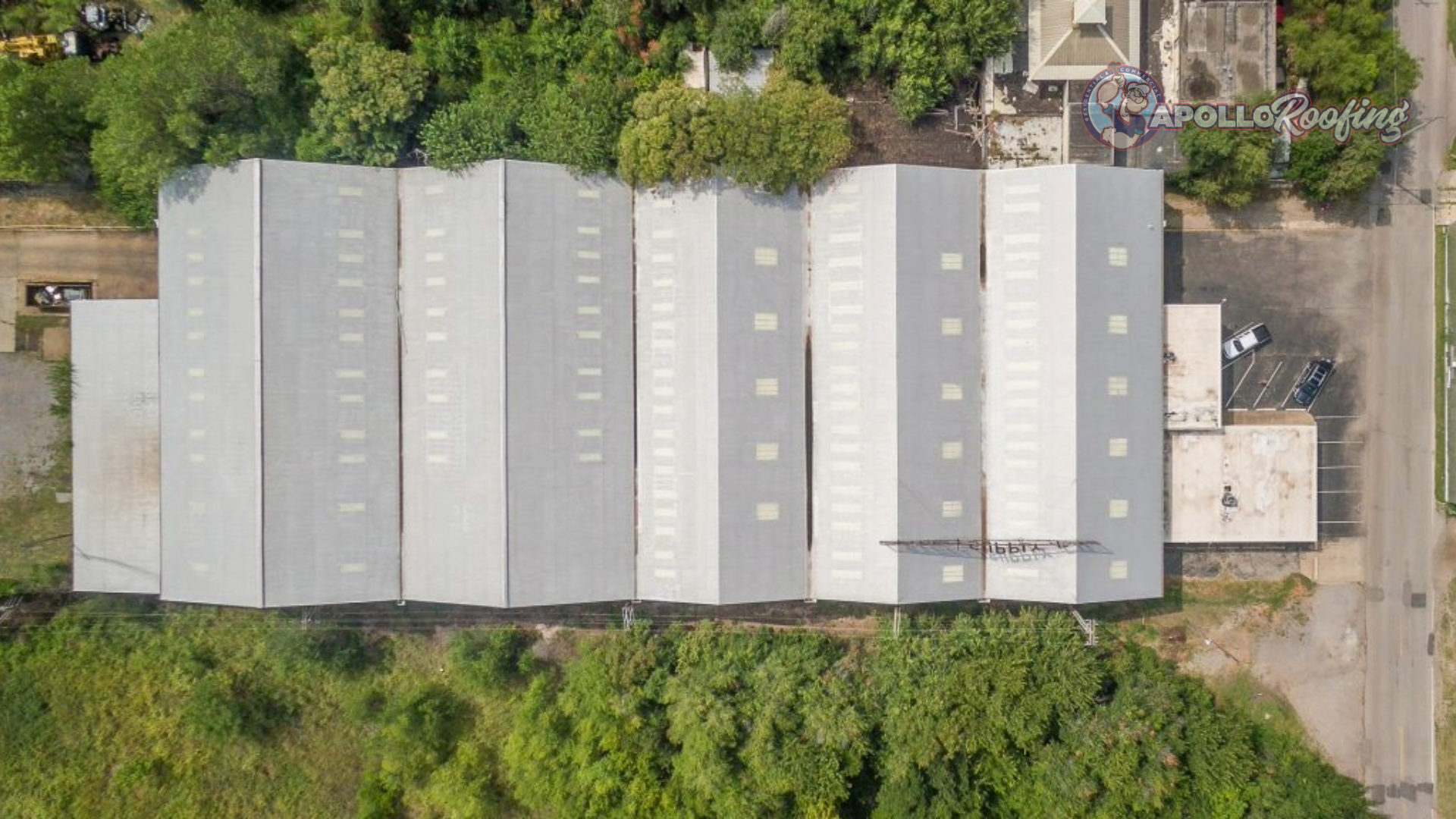COMMERCIALRoofing Solutions for Greater Rochester NY

COMMERCIALRoofing Solutions for Greater Rochester NY

Flexible, Reliable, and Cost-Effective Roofing SolutionsOur Comprehensive Roofing Programs
Flexible, Reliable, and Cost-Effective Roofing SolutionsOur Comprehensive Roofing Programs
Call Now 585-303-7777
Tap to Call or Text585-303-7777
FAQSPreventive Maintenance
Preventive maintenance is crucial for maximizing the performance and extending the lifespan of a commercial roof. Similar to routine car maintenance, such as oil changes and tire rotations, preventive care for roofs involves regular inspections and minor repairs to avoid significant damage and costly repairs in the future.
Preventive maintenance typically includes the following key actions:
- Regular Inspections: Conduct inspections at least twice a year, typically in spring and fall, to ensure the roof is in good condition.
- Repairs of Common Roof Components: Address and repair elements like flashings, drains, and curbs that are prone to wear and tear.
- Application of Reflective Coatings: Apply high-quality, UV-resistant reflective coatings to protect the roof from environmental damage and improve energy efficiency.
It is recommended to have your commercial roof inspected by a professional at least twice a year. The optimal times for these inspections are in the spring and fall to prepare for or assess any damage from the harsher winter and summer months.
Regular roof inspections help identify potential issues before they become major problems, ensuring proper drainage, checking for damage around roof penetrations, and assessing the overall condition of the roof. This proactive approach helps avoid emergency situations where quick fixes, such as using tarps, are needed.
During a roof inspection, a professional should:
- Ensure drains and downspouts are clear to avoid water buildup.
- Check flashings and penetrations for any gaps or wear.
- Inspect rooftop vents and equipment to ensure they are sealed properly.
- Examine the roof surface for signs of damage and recommend preventive solutions.
Reflective coatings enhance a roof’s ability to reflect UV rays, reducing thermal absorption and minimizing the risk of heat damage like cracking and splitting. These coatings not only extend the roof’s life but also contribute to lowering energy costs by improving the building’s overall thermal efficiency.
Reflective coatings enhance a roof’s ability to reflect UV rays, reducing thermal absorption and minimizing the risk of heat damage like cracking and splitting. These coatings not only extend the roof’s life but also contribute to lowering energy costs by improving the building’s overall thermal efficiency.
While the initial installation of a commercial roof is a significant investment, the total cost of ownership extends throughout its life. Preventive maintenance reduces long-term costs by addressing minor issues promptly, thereby avoiding major repairs or premature replacement. This proactive approach not only saves money but also maintains the roof’s performance and safety.
While the initial installation of a commercial roof is a significant investment, the total cost of ownership extends throughout its life. Preventive maintenance reduces long-term costs by addressing minor issues promptly, thereby avoiding major repairs or premature replacement. This proactive approach not only saves money but also maintains the roof’s performance and safety.
FAQSPreventive Maintenance
Preventive maintenance is crucial for maximizing the performance and extending the lifespan of a commercial roof. Similar to routine car maintenance, such as oil changes and tire rotations, preventive care for roofs involves regular inspections and minor repairs to avoid significant damage and costly repairs in the future.
Preventive maintenance typically includes the following key actions:
- Regular Inspections: Conduct inspections at least twice a year, typically in spring and fall, to ensure the roof is in good condition.
- Repairs of Common Roof Components: Address and repair elements like flashings, drains, and curbs that are prone to wear and tear.
- Application of Reflective Coatings: Apply high-quality, UV-resistant reflective coatings to protect the roof from environmental damage and improve energy efficiency.
It is recommended to have your commercial roof inspected by a professional at least twice a year. The optimal times for these inspections are in the spring and fall to prepare for or assess any damage from the harsher winter and summer months.
Regular roof inspections help identify potential issues before they become major problems, ensuring proper drainage, checking for damage around roof penetrations, and assessing the overall condition of the roof. This proactive approach helps avoid emergency situations where quick fixes, such as using tarps, are needed.
During a roof inspection, a professional should:
- Ensure drains and downspouts are clear to avoid water buildup.
- Check flashings and penetrations for any gaps or wear.
- Inspect rooftop vents and equipment to ensure they are sealed properly.
- Examine the roof surface for signs of damage and recommend preventive solutions.
Reflective coatings enhance a roof’s ability to reflect UV rays, reducing thermal absorption and minimizing the risk of heat damage like cracking and splitting. These coatings not only extend the roof’s life but also contribute to lowering energy costs by improving the building’s overall thermal efficiency.
Reflective coatings enhance a roof’s ability to reflect UV rays, reducing thermal absorption and minimizing the risk of heat damage like cracking and splitting. These coatings not only extend the roof’s life but also contribute to lowering energy costs by improving the building’s overall thermal efficiency.
While the initial installation of a commercial roof is a significant investment, the total cost of ownership extends throughout its life. Preventive maintenance reduces long-term costs by addressing minor issues promptly, thereby avoiding major repairs or premature replacement. This proactive approach not only saves money but also maintains the roof’s performance and safety.
While the initial installation of a commercial roof is a significant investment, the total cost of ownership extends throughout its life. Preventive maintenance reduces long-term costs by addressing minor issues promptly, thereby avoiding major repairs or premature replacement. This proactive approach not only saves money but also maintains the roof’s performance and safety.
FAQSRoofing Repairs
Postponing roof repairs can lead to more significant issues over time. Even small leaks can compromise the structural integrity of your facility and disrupt operations. Addressing repairs promptly prevents minor problems from escalating into costly emergencies.
Several factors can accelerate the deterioration of a commercial roof, including:
- Age: Older roofs are more susceptible to damage and wear.
- Rochester’s Severe Weather: Events like heavy rain, snow, and hail can cause immediate and long-term damage.
- Climate: Extreme temperatures and exposure to UV light can degrade roofing materials over time.
- Foot Traffic: Regular foot traffic for maintenance or equipment access can lead to wear.
- Industry-Related Factors: Exposure to chemicals, oils, and other industrial exhausts can also deteriorate roofing materials.
Regular inspections are crucial. Look for signs of damage such as water stains, drips inside the building, missing or damaged shingles or membranes, and blocked drainage systems. If unsure, consulting with a professional roofing contractor can provide a thorough assessment.
Keeping up with roof repairs extends the life of your roof, maintains building safety, and ensures operational continuity. It also helps in preventing interior damage to your facility and costly disruptions to your operations.
It is recommended to inspect your commercial roof at least twice a year, ideally during the spring and fall, to prepare for or recover from the more severe weather seasons. Additionally, inspections should be performed after any significant weather event that could cause damage.
Regular maintenance, prompt repairs, and understanding the specific needs of your roofing material are essential. Consider implementing a routine maintenance program that includes professional inspections, cleaning of debris, and immediate repair of any minor damages.
Yes, certain industries may expose roofs to specific detrimental conditions like chemicals or oils, which can accelerate deterioration. It is important to choose roofing materials and coatings that are resistant to these exposures and to engage in frequent inspections and maintenance to mitigate these effects.
FAQSRoofing Repairs
Postponing roof repairs can lead to more significant issues over time. Even small leaks can compromise the structural integrity of your facility and disrupt operations. Addressing repairs promptly prevents minor problems from escalating into costly emergencies.
Several factors can accelerate the deterioration of a commercial roof, including:
- Age: Older roofs are more susceptible to damage and wear.
- Rochester’s Severe Weather: Events like heavy rain, snow, and hail can cause immediate and long-term damage.
- Climate: Extreme temperatures and exposure to UV light can degrade roofing materials over time.
- Foot Traffic: Regular foot traffic for maintenance or equipment access can lead to wear.
- Industry-Related Factors: Exposure to chemicals, oils, and other industrial exhausts can also deteriorate roofing materials.
Regular inspections are crucial. Look for signs of damage such as water stains, drips inside the building, missing or damaged shingles or membranes, and blocked drainage systems. If unsure, consulting with a professional roofing contractor can provide a thorough assessment.
Keeping up with roof repairs extends the life of your roof, maintains building safety, and ensures operational continuity. It also helps in preventing interior damage to your facility and costly disruptions to your operations.
It is recommended to inspect your commercial roof at least twice a year, ideally during the spring and fall, to prepare for or recover from the more severe weather seasons. Additionally, inspections should be performed after any significant weather event that could cause damage.
Regular maintenance, prompt repairs, and understanding the specific needs of your roofing material are essential. Consider implementing a routine maintenance program that includes professional inspections, cleaning of debris, and immediate repair of any minor damages.
Yes, certain industries may expose roofs to specific detrimental conditions like chemicals or oils, which can accelerate deterioration. It is important to choose roofing materials and coatings that are resistant to these exposures and to engage in frequent inspections and maintenance to mitigate these effects.



